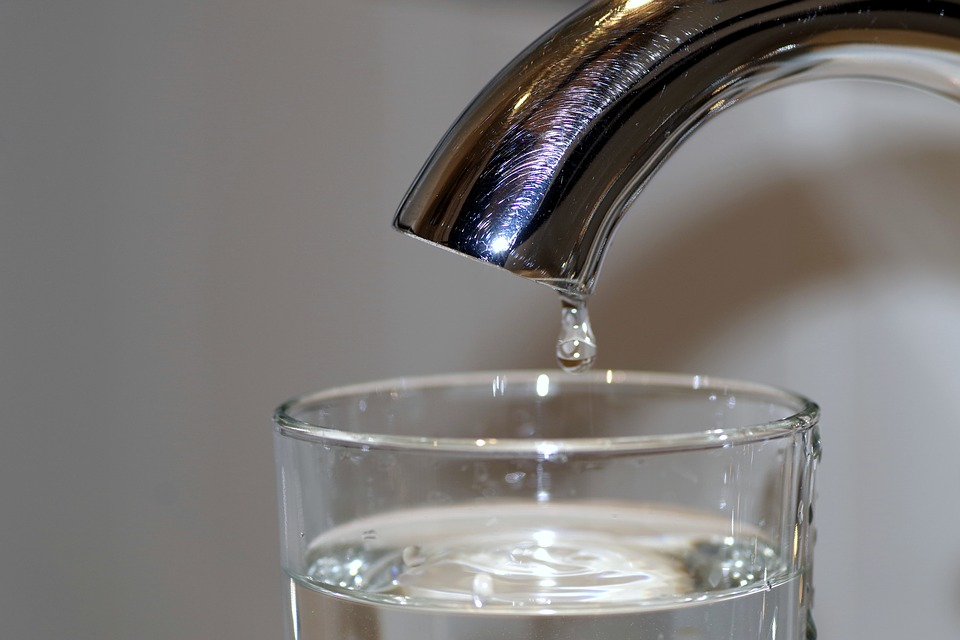Drinking clean water ensures that your body receives the necessary fluid intake that it needs to stay healthy. However, finding clean water is not easy. Even water supplied by public water supply lines may contain contaminants that can pose serious health problems.
If one cannot trust tap water, what then are the options? Bottled water is an option, but it also might contain smaller contaminants such as PFAs, which many public water filtration and decontamination plants disregard.
The other option is to filter water sources. Advanced filtration methods are effective at reducing and sometimes eliminating toxins. There is a need to understand all the dangers of drinking unfiltered water. This blog will look at the possible contaminants in water. It will also look at their effects on the human body.
The risk of bacterial contamination
Chlorination is effective at removing most bacterial and fungal activity in water. However, they do not remove all of them. Some bacteria can crystallize or stay inert for a long time only to resurface when the conditions are right. So, the water is safe, but it has a risk factor to it, especially if the treated water had high levels of toxins.
The risk is not significant when you are drinking commercially purified water. However, the risk is higher when you are using other water sources such as groundwater. The bacteria from water sources infected by E. coli and salmonella can have widespread contamination.
Human Made pollution
Public water purification plants use chemicals and other methods to purify the water. Such compounds can make the water unpalatable. Sometimes it adds different odors to the water making many people uncomfortable drinking it. The risk, in that case, is that there is a risk of dehydration as people end up drinking too little or no water at all.
Also, some chemicals can affect a person, especially when they are in excess. Excess chlorination can cause hypochlorous acid and hypochlorite, which could cause bladder cancer. You can, however, reduce chlorine levels through filtration. A carbon-based filtration method can provide an effective and complete rundown filtration that will be effective in removing chlorine and deoxygenating the water to make it more palatable. Such a filter can eliminate 99% of the excess contaminants caused directly by the purification process.
Risk of toxins related to human-made pollution
Volatile organic compounds, PFAs, PFOA, and heavy metals are hard to remove from water. Lead and iron often come from old water pipelines used in most places around the country. All these toxins are present in most tap waters. Different waters have differing levels of toxicity, though with toxic levels only being found in few locations. However, the problem is still there.
Drinking this unfiltered water means you are at risk of these toxins, even in small quantities. It would be best if you proposed to reduce further intake of the polluted water. Reverse osmosis can help reduce these toxins. If you are not sure of the safety of the water, you can use locally available filters that use reverse osmosis to remove most of the toxins. Eliminating them is hard, but you can reduce them significantly.
What water can you drink safely?
Commercially purified water can be safe for drinking, but it still contains some high levels of contaminants. You can strive to drink filtered water at all times. Taking taped or bottled water will not solve the glaring issues that the water purifying process poses. It leaves significant contaminants that need a second stage of filtration to improve the water. Once you have acquired the water, you can use filtration to turn unclean water into safe-to-drink water. You can find many innovative filtration options and products.
As seen here, there are many dangers of drinking unfiltered water. Water purification processes often use chemicals that can kill bacteria. Unfortunately, they can also cause several health issues. Chlorination can cause significant health problems, including some cancers, but only at high levels.
After many years of using chemicals in farming, discharge of industrial waste on land and water sources, and overall intoxication of the water is a cause for worry for anyone who is using unfiltered water. Water distribution systems also add a fair share of toxins, including heavy metals such as lead and iron.
Luckily, you can use modern filtration methods to filter the water to make it safer. Current filters use techniques such as reverse osmosis. Such methods reduce the level of toxicity. You can also use consumer-level filtration options that ensure that the water is not just safe but sweet. Now, isn’t that a treat?

